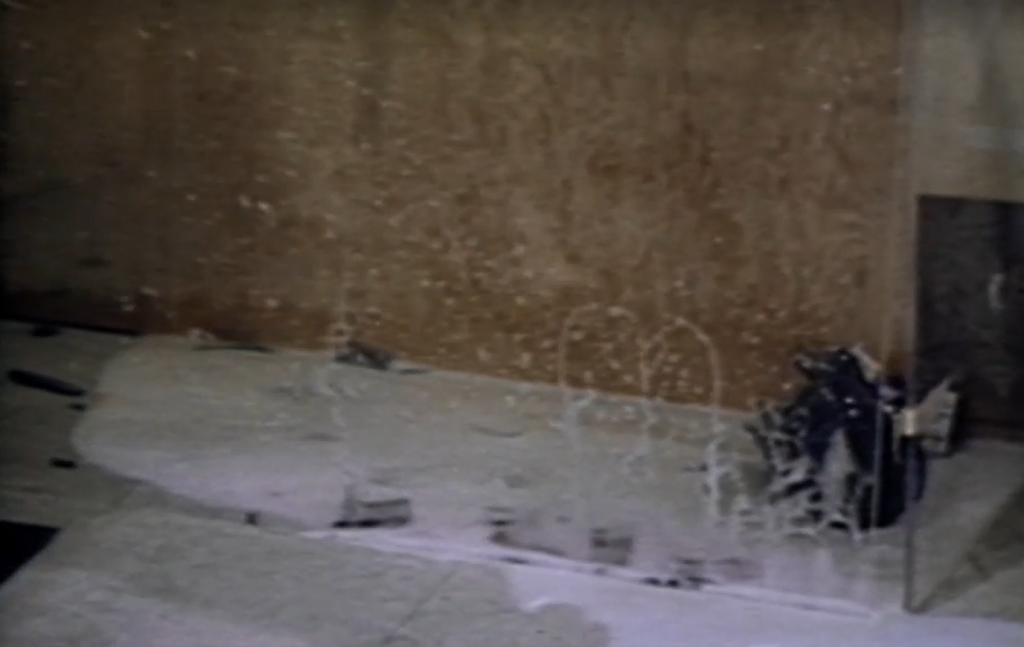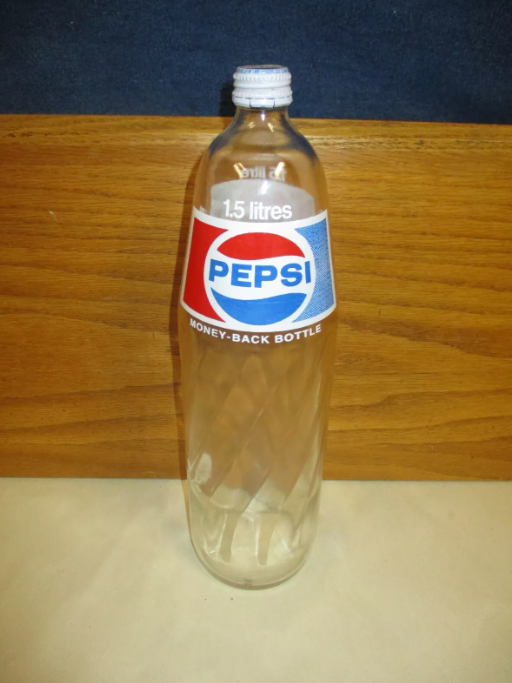The Soda That Went Pop
If you go to an American grocery store today, you’ll likely find an aisle dedicated to soft drinks — Coke, Pepsi, Sprite, Diet Dr Pepper, etc. Those drinks come in a lot of different containers: aluminum cans, typically 12 ounces but also sometimes in smaller and larger sizes, and in plastic bottles, typically in 20-ounce and 2-liter sizes, but again, it runs the gamut. You’ll also find some options (Coke, in particular) in glass bottles, but glass isn’t nearly as common as aluminum or plastic.
And there’s a good reason for that, as Canadian soda fans learned in the late 1970s.
In 1978, soda drinkers in the United States were introduced to the 2-liter bottle, courtesy of Pepsi. Consumers wanted a way to bring large amounts of these tasty beverages to parties, the beach, etc., and Pepsi delivered, coming up with a single container that held a lot more soda than anything consumers had previously seen. And the plastic bottles were very popular for another reason: they were light and therefore, easy to transport. The 2-liter bottle quickly became a go-to for American consumers.
But America’s neighbor to the north, Canada, wasn’t so enamored with the 2-liter bottle. The reason wasn’t the number of liters in the bottle but the amount of litter created by the bottles themselves. As Tedium explained, in the early 1970s, “government regulators at the provincial level, concerned about the problem of recycling and waste, put in place a set of rules encouraging the use of returnable containers, rather than single-use containers.” Plastic, at the time, wasn’t recyclable to the degree it is today, but glass bottles were — consumers could return them to the store, which would in turn send them back to the bottling companies for sanitizing and refilling. Canada, therefore, eschewed plastic in favor of glass.
This (via eBay) is what the 1.5-liter glass bottles looked like.
At first glance, that bottle isn’t all that different than what you’d expect today, except that the words “money-back bottle” are prominent — again, Canada wanted to encourage reuse and discourage litter. But unfortunately, the bottles often couldn’t be reused for a simple but very dangerous reason:
If they fell over, they often exploded.
Soda, by its very nature, is carbonated, and as anyone who has ever opened a bottle or can knows, that carbon dioxide wants to escape at the first possible moment. When you unscrew a cap or pop open a lid, you’ll hear the sound of some of that carbon dioxide doing just that. If you drop a plastic bottle or an aluminum can, sometimes the gas becomes free of the liquid, pushing against the walls of the can or bottle — but it rarely explodes, because those materials have a little give to them and can accommodate that loose gas. Glass isn’t as forgiving. If you shake a bottle, there’s a decent chance the cap will pop off — that’s the weakest point of the container — and you’ll end up with Pepsi all over your shirt. And If you drop it, the glass is likely to shatter, making a big old mess, with soda and glass all over your floor.
But the design of the 1.5-liter bottles created a new situation, one that was uniquely bad. If the bottle tipped over and fell, even very slowly, the bottle shattered violently, sending shards of glass every which way. In 1978 or 1979, per Tedium, “the problem emerged in the public eye thanks to a lawsuit involving a three-year-old boy who had been seriously injured by an exploding bottle, an incident that permanently blinded him in one eye.” The CBC investigated the matter shortly thereafter, partnering with David Barham, a professor at the University of Toronto, and came up with shocking results.
Barham and the CBC placed various 1.5-liter soda bottles on a vinyl-covered concrete floor and tipped them over to see what happened. To keep the reporters and himself safe, everyone wore safety goggles and Barham fashioned a plastic-walled case to contain the experiment. He gently tipped the bottle over and the results were scary. A video of the experiment is at the CBC linked above, but here are some before and after screenshots from one of the trials:
Before:

And two seconds later:

As you can see, there’s glass all over the place. Barham, per the CBC, ran the same test on “40 or 50 bottles of different types of pop, and every last one broke,” except for Coke’s 1.5-liter bottle, which had a different design as the others.
The CBC report sparked an outcry around the country. At first, consumer groups asked the bottlers to voluntarily recall the surprisingly dangerous product, but as the Vancouver Sun reported, that request didn’t yield results. The government ultimately recalled all of the bottles, which was a massive ordeal; per the CBC, “50,000 cases of them from the Toronto area alone were piled up with nowhere to go.”
It took about two years before new 1.5-liter bottles came back to Canadian consumers. After a highly-watched redesign and development effort, bottlers came up with bottles that were “coated with a thin cover of plastic to ensure the glass will be held in the coating if the bottles shatter, according to the Montreal Gazette. In November 1980, satisfied with this change, the government lifted the bottle ban, but it took another year before those bottles were ready to reach consumers. Before the decade was out, glass bottles finally gave way to plastic, and the exploding bottles of the late 1970s faded into memory.
Bonus fact: If you drop a can of soda, it’s likely to spew your drink everywhere when you open it. Some people believe that if you tap the top of the can a few times, you can avoid that mess. But as demonstrated by Steve Spangler Science (watch the video here), that “does nothing.” But if you tap the side of the can instead, there won’t be as big of a mess. The reason, as Spangler shows, is that when a container of soda is agitated, some of the gas bubbles still embedded within the liquid adhere to the inside of the can. It’s those bubbles that rush to the top when you open the can, and they bring a lot of liquid with them. If you tap the sides of the can before opening, you’ll loosen those bubbles from the sides before they can push the liquid out.
From the Archives: Where Coke and Pepsi Compete for Burps: Not Canada.

